We Love Kalispell! Support Local!
and Libby, St. Regis, Big Fork, Whitefish, Columbia Falls, Superior, Polson, and Swan Lake, your neighborhood!
Kalispell has a rich history, with a mix of Native American, European, and American influences. The city was founded in the late 1800s and grew quickly as a transportation and trade center, serving as a gateway to the surrounding region. Today, Kalispell is a thriving community with a strong sense of pride in its history and culture.
Libby, St. Regis, Big Fork, Whitefish, Columbia Falls, Superior, Polson, and Swan Lake are among the many communities located in the region

Learn, Locate, Share
Support Local Decision Making
Learn about the issues, locate your Legislator, share your voice
Learn
DYK? Local community governing bodies meet monthly year round, making important decisions that affect your daily life.There are a number of areas of interest and issues that your communities must navigate on your behalf. We believe your locally elected officials, with local input, are in the best position to address those very important policy decisions on your behalf.
ISSUES Click here for an in depth look at issues affecting your community


Locate
Your area Legislators are in session in Helena from January to May every other year. Find your District's State Senator and Representative and share your opinion on those local decisions that are important to you. Determine which committees are hearing bills that you support or oppose and contact the committee members.
✓ Click here to find your area Montana Legislators
Share
Looking to support your local government? Provide feedback and input on the issues that matter to you. Show your support for your community by sharing our Support Local graphics!
✓ Click here to learn how to contact Montana Legislators
✓ Click here to find Support Local social media images free to use!

Support Local Community Decision Making!
Keep it Local!
Decisions are made locally 24/7/365

Mainstreet
Our Mainstreets & Downtowns are a significant part of our local economy

Emergency Services
Vital & life-saving actions are made every day

Street Repair
We all have a pothole story. From snow removal to sidewalk maintenance, local governments take care of our roads

Neighborhood Planning
Single Family Housing, Multi-Unit Dwellings, Parks, Density ... each neighborhood is unique and deserves local input about what the community will look like

Public Transportation
Whether our communities are large or small, transportation is essential to getting us where we need to go

New Development
Where we live grows and changes in ways that deserve local input and guidance, from those who understand our communities best – the people who live here

Funding Decisions
Important taxpayer dollars are budgeted to maintain these services. Budget choices demand local guidance
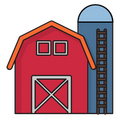
Local Values
We vote for and elect local officials to govern our communities in the way we see fit, sharing values that unite us
127
Communities
Large and small Cities & Towns in Montana
475+
Elected Officials
Voted in Locally to Represent Your specific interests
$$$
Local Dollars
Budgeted with your Community in Mind and Fully Transparent
Share your Voice!
Your Area State Legislators
Contact your State Representatives & Senators - Ask them to Support Local Decision Making!
email, call, message, or write!
Your Area State Legislators
Contact your State Representatives & Senators
email your Legislator
Every Montana Legislator has an Montana Legislative email address for legislative business.
Call and leave a message with the call center
Phone
During legislative sessions, which occur in the first 4 months of odd-numbered years, you may leave a message for a legislator by calling the Legislative Information Desk, 406-444-4800. This service is available from 7:30 a.m. to 5 p.m. Mondays through Fridays, and from 8 a.m. to adjournment on Saturdays
Message
Message
Send a message to your legislator using the Legislative Branch online message form. This form is activated on the first day of each legislative session. leg.mt.gov/web-messaging Please note you cannot send anonymous messages and messages are limited to 1250 words.
Write your Legislator
Write
Address letters to:
Representative or Senator (Name)
Montana House of Representatives - or - Montana Senate
P.O. Box 200400
Helena, MT 59620-0400
✓ TIP! Zoom testimony is allowed! Find out how to testify or upload written testimony for the record here - at this link to the Montana Legislature leg.mt.gov/session/have-your-say
Areas of Interest
Keep Community Decisions Local!
Preemeption
Preemption can occur when a higher level of government takes actions that affect the ability of a lower level of government to make decisions. For example, a state government may preempt a city's ability to regulate the use of certain types of land by passing a law that limits the city's authority over that land.Preemption is a controversial issue in local government decision making because it can limit the ability of local governments to make decisions that reflect the needs and priorities of their communities. Some argue that preemption can be necessary to ensure that there is consistency and predictability in laws and regulations across a state or region, while others argue that it can undermine the ability of local governments to respond to the unique needs and circumstances of their communities.
#KeepitLocal Keep Local Decisions Local!
Zoning
Exclusionary zoning refers to the practice of using zoning laws and regulations to restrict the development or use of certain areas of a city or town to specific types of buildings or land uses.One example of exclusionary zoning is the use of minimum lot size requirements to exclude, for example, multifamily housing developments from certain neighborhoods. Another example is the use of zoning codes to prevent certain types of businesses, such as those that are seen as undesirable or incompatible with the character of the area, from locating in certain neighborhoods.Inclusionary zoning policies can take a variety of forms, depending on the specific needs and goals of the community. For example, some policies may require developers to set aside a certain percentage of units for low-income households, while others may require a mix of units for different income levels.In addition to these requirements, some policies may also include incentives for developers to build more affordable housing, such as density bonuses or tax credits.
#KeepitLocal Keep Local Decisions Local!
Growth Planning
Consistent growth planning at the local level can have a number of positive impacts on a community. Here are a few examples:1. Economic development: By planning for consistent growth, local governments can attract businesses and investments that can create jobs and stimulate the local economy. This can lead to increased tax revenues and a more diverse economic base.
2. Improved quality of life: Growth planning can also help to address the needs of the community, such as ensuring that there is sufficient housing, transportation, and other infrastructure to support the growing population. This can lead to a higher quality of life for residents.
3. Increased sustainability: Growth planning can also help to ensure that development is done in a way that is sustainable and mindful of the environment. This can include measures such as preserving natural areas, promoting energy efficiency, and reducing greenhouse gas emissions.
4. Enhanced community engagement: By involving the community in the growth planning process, local governments can foster a sense of ownership and pride among residents. This can lead to more engagement and participation in local decision-making, which can help to build stronger and more resilient communities.
#KeepitLocal Keep Local Decisions Local!
Tax Increment Financing
Tax increment financing (TIF) is a financing tool used by local governments to fund public infrastructure and other improvements within a designated area, known as a TIF district.TIF is used to stimulate economic development and encourage private investment in an area by using the increase in property values resulting from the improvements to pay for the costs of those improvements.Here's how it works:1. A local government creates a TIF district and identifies the specific improvements that will be made within that district.
2. The local government then issues bonds to fund the improvements. The bonds are paid off over a period of time, typically 20-30 years, using the increment, or increase, in property taxes generated by the improvements.
3. As the value of the properties within the TIF district increases due to the improvements, the amount of property taxes collected by the local government also increases. This increase in property taxes, known as the tax increment, is used to pay off the bonds.
4. Once the bonds are paid off, the local government can use the remaining tax increment for other purposes, such as funding additional improvements or providing financial assistance to businesses within the TIF district.TIF is typically used to fund projects that might not otherwise be feasible due to a lack of private investment, such as revitalizing a declining downtown area or building new public infrastructure.TIF can be an effective tool for promoting economic development, but it can also be controversial, as it can divert property tax revenues away from other government services and may require public subsidies for private development.
#KeepitLocal Keep Local Decisions Local!
PLEASE NOTE You can find general session, committee, and streaming information here - SESSION

Senate Local Gov't
M, W, F - 3 p.m. - Room 405
Friedel, Chris (R) ‑ Chair
Bogner, Kenneth (R) ‑ Vice Chair
Dunwell, Mary Ann (D) ‑ Vice Chair
Boldman, Ellie (D)
Mandeville, Forrest (R)
Pope, Christopher (D)
Trebas, Jeremy (R)
Vermeire, Terry (R)
Zolnikov, Daniel (R)

House Local Gov't
Tues, Thur - 3 p.m. - Rm 472
Brewster, Larry (R) ‑ Chair
Bertoglio, Marta (R) ‑ Vice Chair
Cohenour, Jill (D) ‑ Vice Chair
Bishop, Laurie (D)
Essmann, Sherry (R)
Galloway, Steven (R)
Gist, Steve (R)
Gunderson, Steve (R)
Kerns, Scot (R)
Kortum, Kelly (D)
Lynch, Jennifer (D)
Reksten, Linda (R)
Seekins-Crowe, Kerri (R)
Sprunger, Courtenay (R)
Thane, Mark (D)
Zolnikov, Katie (R)

Senate Tax
M‑F - 8 a.m. - Rm 405
Hertz, Greg (R) ‑ Chair
Zolnikov, Daniel (R) ‑ Vice Chair
O’Brien, Shannon (D) ‑ Vice Chair
Dunwell, Mary Ann (D)
Gauthier, Terry (R)
Hayman, Denise (D)
McClafferty, Edie (D)
McKamey, Wendy (R)
Molnar, Brad (R)
Trebas, Jeremy (R)
Tempel, Russ (R)

House Tax
M‑F - 8 a.m. - Rm 152
Fielder, Paul (R) ‑ Chair
Brewster, Larry (R) ‑ Vice Chair
Thane, Mark (D) ‑ Vice Chair
Abbott, Kim (D)
Barker, Brad (R)
Buckley, Alice (D)
Cohenour, Jill (D)
Essmann, Sherry (R)
Fern, Dave (D)
Kassmier, Josh (R)
Kerns, Scot (R)
Knudsen, Rhonda (R)
Malone, Marty (R)
Marler, Marilyn (D)
Miner, Russel (R)
Nikolakakos, George (R)
Romano, Melissa (D)
Smith, Tanner (R)
Welch, Tom (R)
#KeepitLocal Keep Local Decisions Local!
✓ TIP! Zoom testimony is allowed! Find out how to testify or upload written testimony for the record here - at this link to the Montana Legislature leg.mt.gov/session/have-your-say


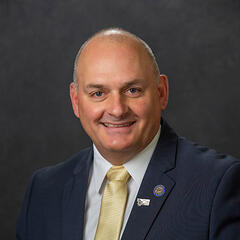

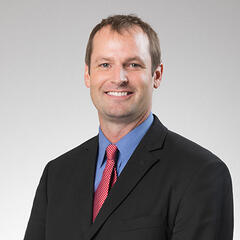
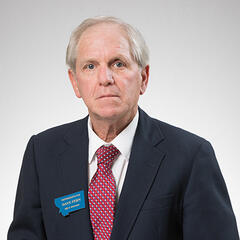
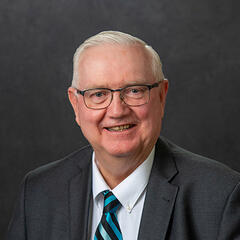


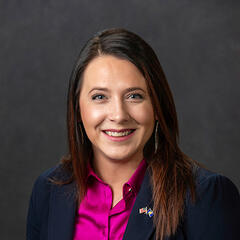
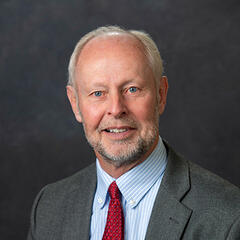
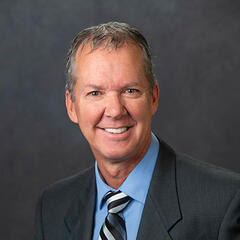
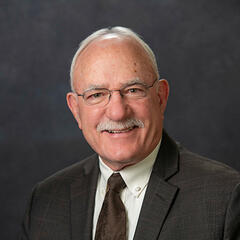
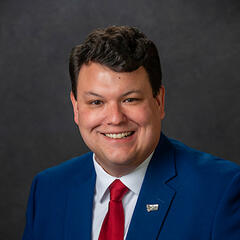
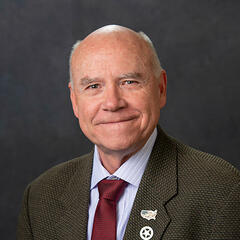
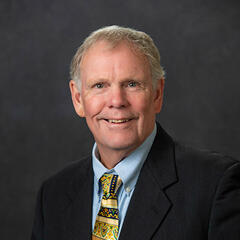
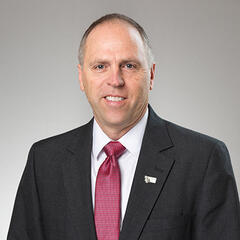
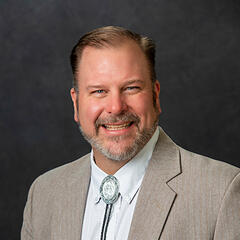
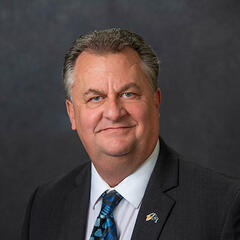
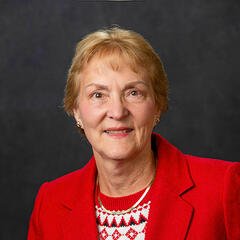
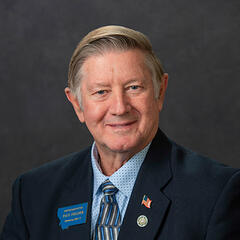
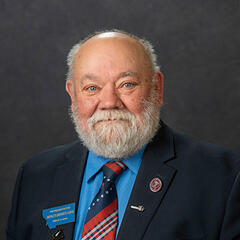
FUN FACT
Right click on the image and save to your device, share on your socials! Use the hashtags #SupportLocal #KeepitLocal #MTLocal #MTLeg